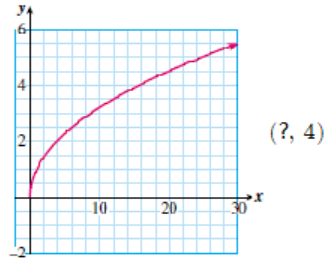Example A.1.1.
Steve bought a Blu-Ray player for $269 and a number of discs at $14 each. Write an expression for Steve’s total bill, \(B\) (before tax), in terms of the number of discs he bought, \(d\text{.}\)
Solution.
We want an equation of the form
\begin{equation*}
B = \text{starting value} + \text{rate} \times d
\end{equation*}
where Steve’s bill started with the Blu-Ray player or $269, and then increased by a number of discs at a rate of $14 each. Substituting those values, we have
\begin{equation*}
B=269+14d
\end{equation*}








